
Samsung’s January Unpacked event revealed the company’s next-generation phones, the Galaxy S24 lineup. This includes the base model S24, the larger S24 Plus, and the top-of-the-line S24 Ultra.
The S24 lineup is powered by Qualcomm’s Snapdragon 8 Gen 3 chip and has a smattering of new AI features. Samsung also seems to have copied Apple by giving the S24 and S24 Plus a flat frame instead of the rounded one used previously, as well as a matte look. And, of course, the S24 Ultra getting a titanium frame just months after the iPhone 15 Pro isn’t lost on anyone.
Smartphone companies copy each other all the time, and as easy as it is to make fun of, it often works out in our favor. With that in mind, here are some features from the Galaxy S24 that I hope Apple brings to the iPhone 16 lineup.
Better AI features
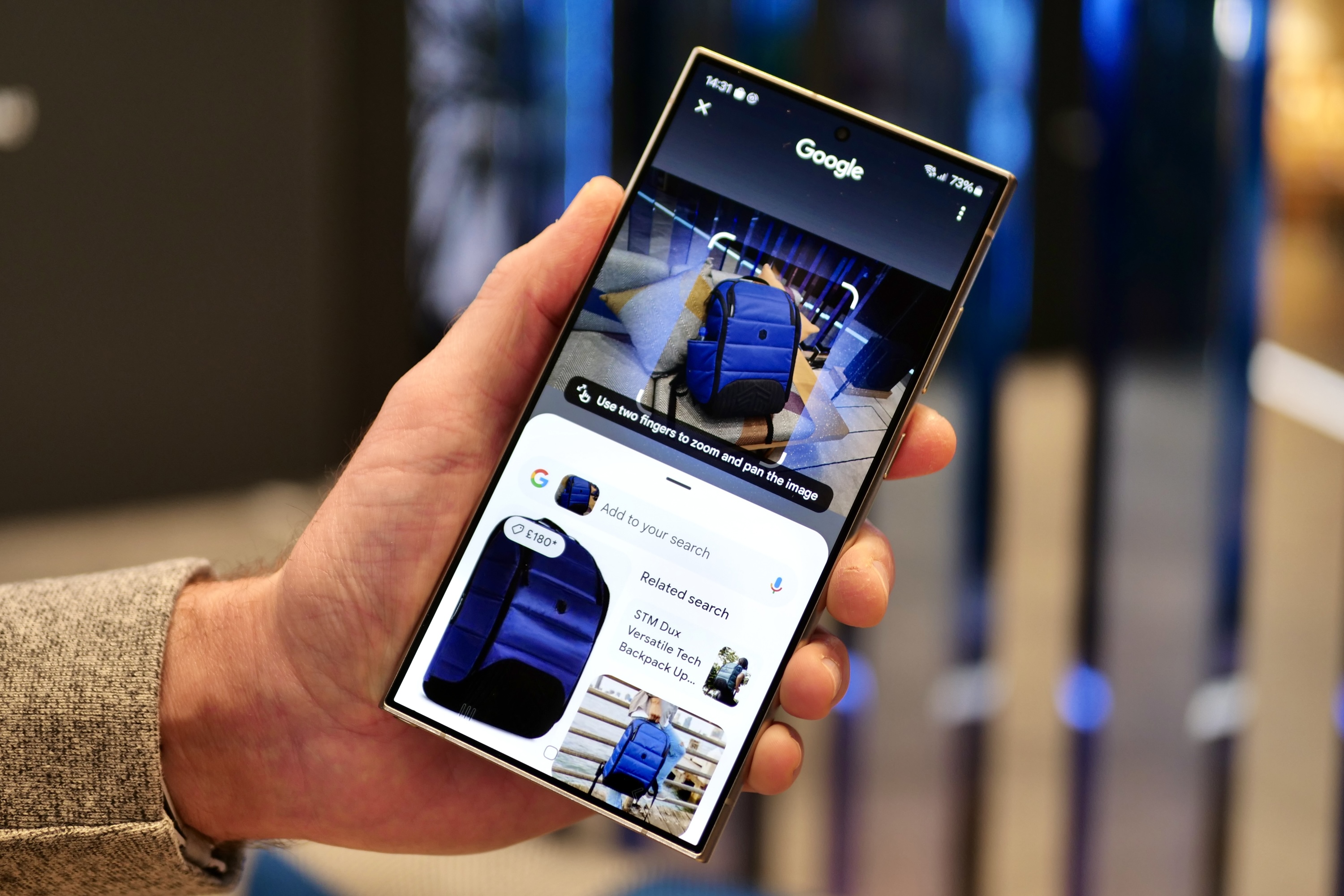
Siri has been around since the iPhone 4S, and it’s definitely evolved over time. However, Siri has never been great compared to its competitors. In fact, it’s often become a joke due to it not understanding commands or getting them completely wrong.
One of the big selling points of the Galaxy S24 is AI. With Galaxy AI, there are five key features: Live Translate, Interpreter, Chat Assist, Note Assist, and Transcript Assist. There’s also a new Circle to Search feature that is powered by Google and helps you look things up just by circling, highlighting, scribbling, or tapping anything that is currently on the screen.
Samsung also added some AI-powered photo-editing features, similar to Google’s Magic Editor on the Google Pixel 8, that allow users to get recommended edits for photos and even fill in backgrounds with generative AI.
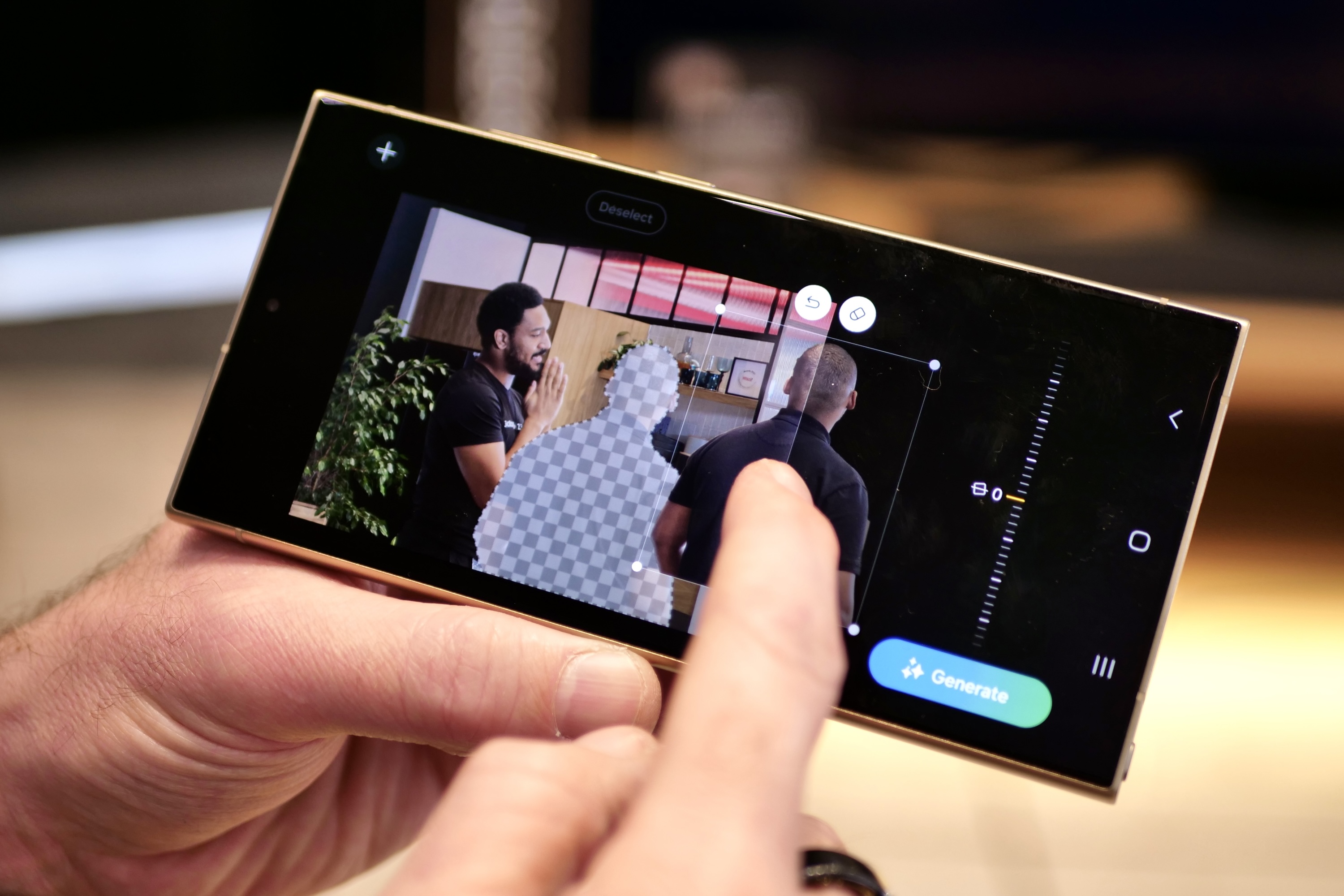
Apple needs to focus on improving Siri so that it actually works better, but it also needs to look into adding some AI-powered features to make iOS more useful. It would be great to have something like Chat Assist help you write in a more conversational tone if that’s not a strength of yours, for example. But I would also love to see Apple implement AI-assisted photo-editing features in the Photos app, which feels antiquated after you’ve edited photos with a Pixel device.
From what we’ve heard so far, it does appear that Apple is looking into implementing generative AI into its products in the near future. Let’s hope that includes the iPhone 16, as it would be a big step forward.
Faster wired charging
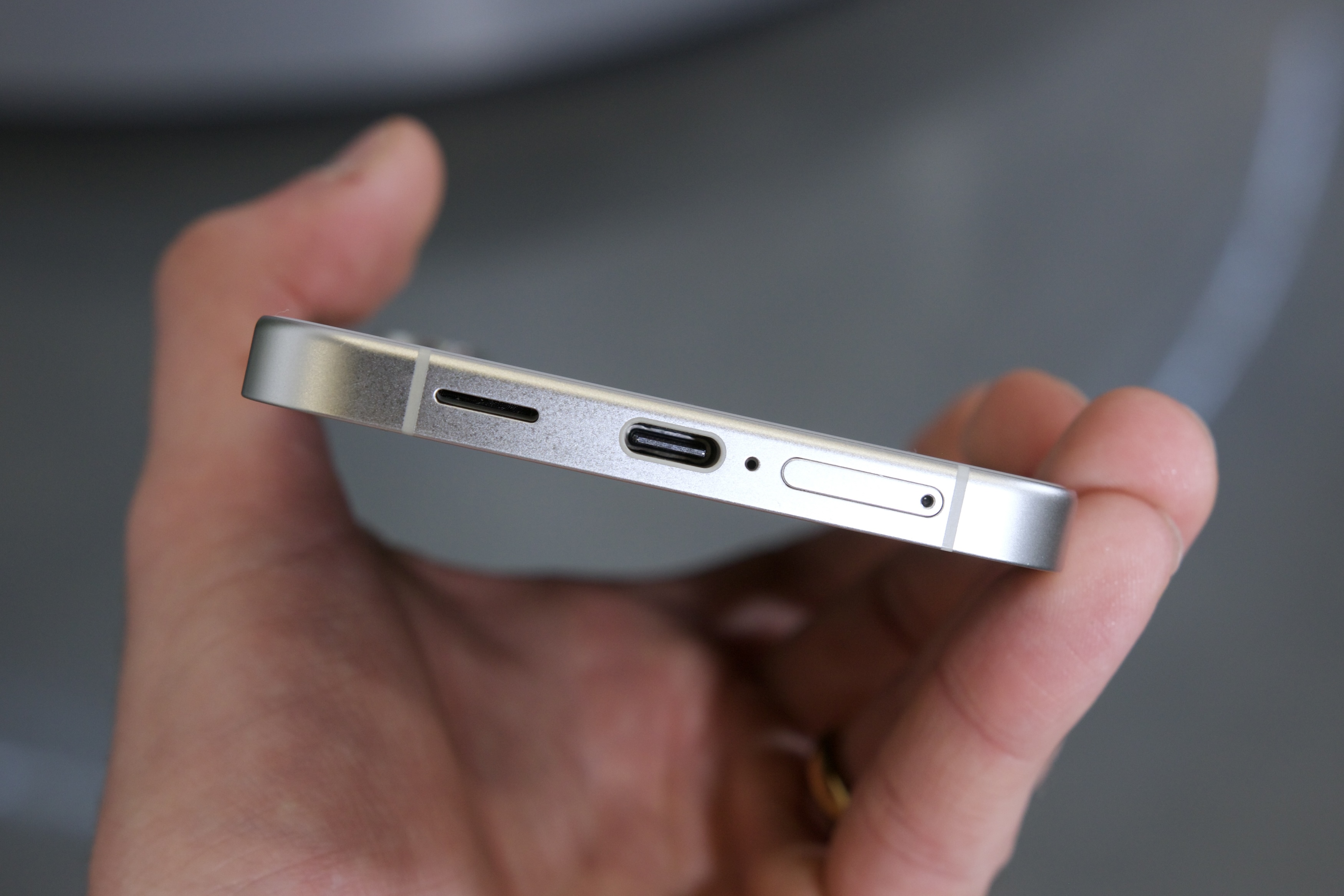
One of the big advantages that Android phones have over iPhones is charging speeds. Though the base Galaxy S24 still only has 25-watt wired charging, the S24 Plus and S24 Ultra both support up to 45W wired charging.
Of course, that’s not even half of what OnePlus offers with the new OnePlus 12, which has 80W wired fast charging speeds and 50W wireless charging. Regardless, 45W is better than what Apple offers with the iPhone 15 lineup, which is still around 27W max.
It was a bit of a surprise that, despite Apple moving to USB-C for the iPhone 15, the maximum charging speed did not change from when it used Lightning. Though Apple does give the iPhone 15 Pro and iPhone 15 Pro Max faster data transfer speeds via a USB-C cable compared to the base iPhone 15 and iPhone 15 Plus, they should also theoretically be able to have faster charging.
I hope that Apple can give us some faster charging speeds with the iPhone 16. At the moment, it’s still one of the slowest-charging phones around. Even 45W for the iPhone 16 Pro models, similar to the S24 Ultra, would be a big improvement.
A built-in stylus
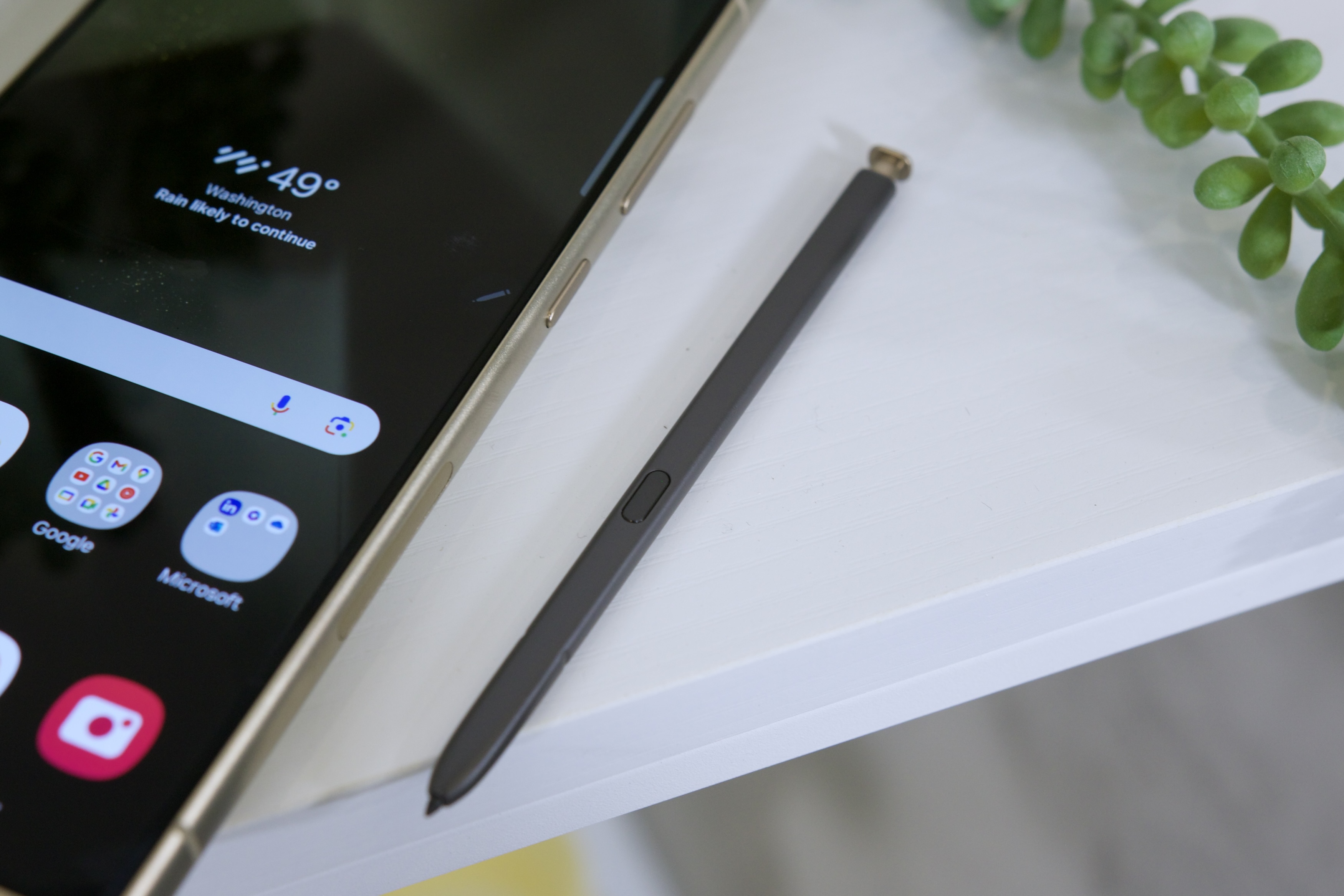
When Apple co-founder Steve Jobs announced the iPhone in 2007, one of his famous quotes from that presentation was “Who wants a stylus? You have to get ’em, put ’em away, you lose ’em. Yuck!” At the time, having a touchscreen device that you navigate with just your fingertips was revolutionary. But times have shifted yet again.
I know a stylus isn’t for everybody, but there’s certainly a place for them. When I used the Moto G Stylus 5G (2023), I actually enjoyed having it around. Samsung’s Galaxy S24 Ultra continues the tradition of having an integrated stylus (the S Pen) that is stowed and tucked away in the chassis when not in use.
When you pull the S Pen out, it brings up a menu with all the things that you can do with it. This includes the obvious, such as creating a handwritten memo, marking up a screenshot, and more. The S Pen can also be used as a remote control for taking photos or videos, playing movies, and more without having to touch the screen.
At this point, the stylus has evolved beyond just being a digital pen for the touchscreen. While I like using a stylus for navigating around my phone without smudging up the screen, it’s also great for sketching, marking things up, signing documents on the go, and using as a shutter remote for the camera.
It’s unlikely that Apple would ever add a stylus to the iPhone, but I believe it could really benefit from it. And if it was integrated by allowing it to be stowed away in the chassis of the phone, it’s not like one has to use it if they don’t want to. It would just be a nice bonus feature.
120Hz displays for all models
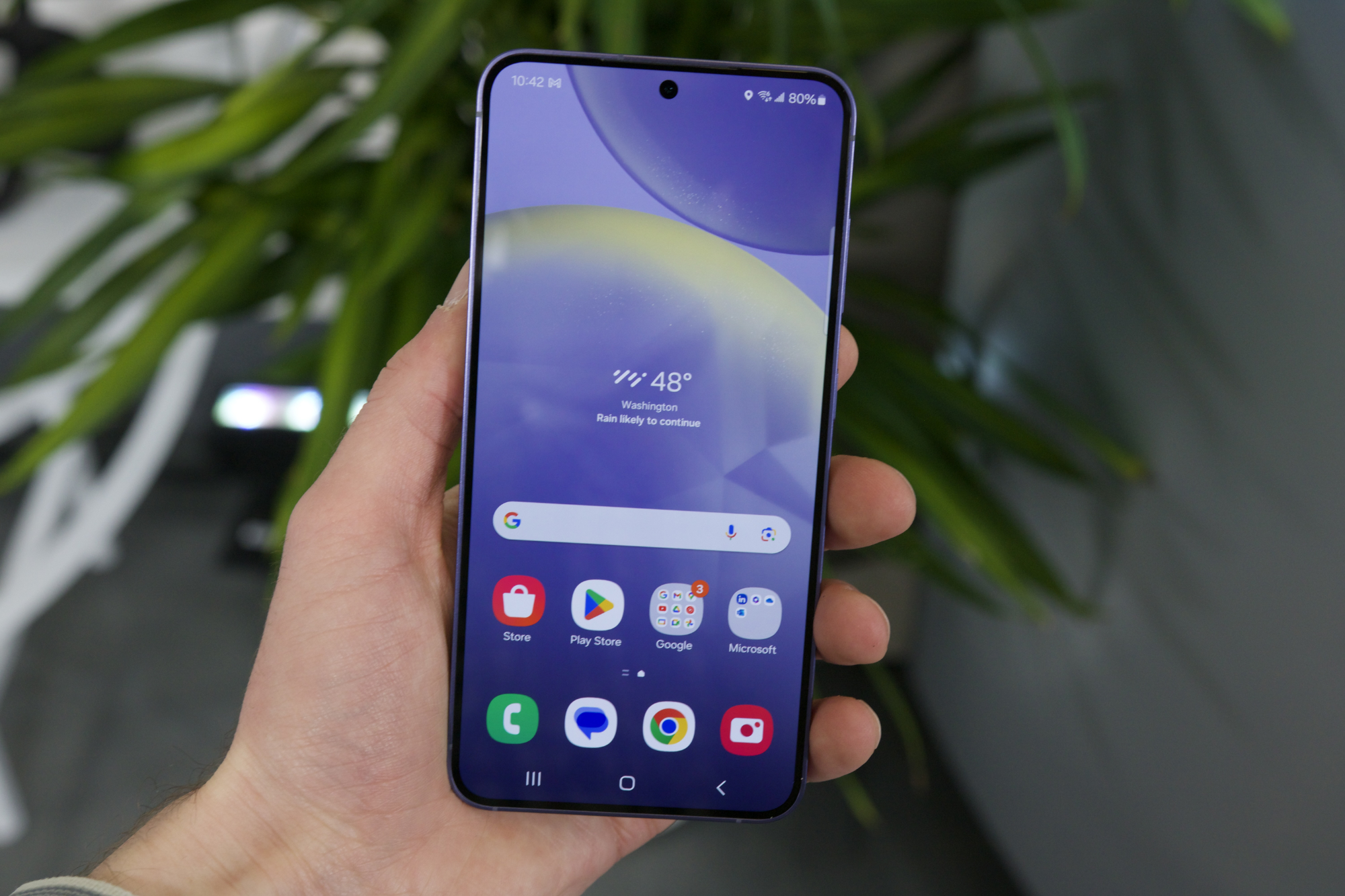
These days, most Android phones, even the budget options, have at least 90Hz or higher refresh rates on the displays. Apple does use a 120Hz refresh rate on its iPhone, but it continues to be an exclusive feature of the Pro models’ “ProMotion” display.
Samsung has equipped the entire Galaxy S24 lineup with 120Hz refresh rate displays, including the base S24 model. Apple, on the other hand, continues to use a 60Hz display on the base models, the iPhone 15 and iPhone 15 Plus. The higher the refresh rate, the smoother the animations, transitions, and even scrolling will be. For the average person, it may be hard to notice, but when you put a 60Hz display next to a 120Hz display, the difference is very noticeable.
For the price that Apple charges for the base iPhone 15 ($800), it’s embarrassing that it still uses a 60Hz display. Apple should at least bump it up to 90Hz, but it would be best if it could make it 120Hz across the board. After all, if Samsung can do it, why not Apple?
Multiple zoom cameras
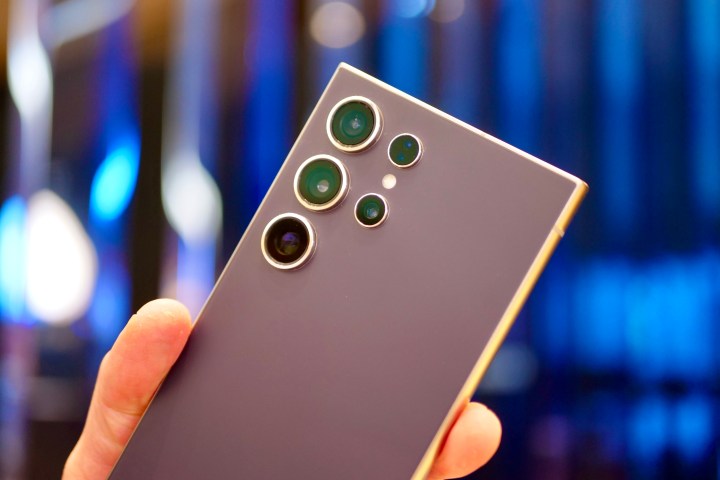
Last year, Apple gave the iPhone 15 Pro Max a big camera upgrade with a new tetraprism telephoto camera that allows for 5x optical zoom capabilities. Unfortunately for those who prefer smaller phones, the iPhone 15 Pro did not get this improved telephoto camera, so it continues to only have up to 3x optical zoom.
Though the Galaxy S23 Ultra had a 10MP periscope telephoto lens that allowed it to reach 10x optical zoom, Samsung switched it up this year. Instead, it went with a 50MP telephoto lens that can do 5x optical zoom while also retaining the 10MP regular telephoto for 3x optical zoom. Even though the S24 Ultra has dropped the 10x optical zoom capabilities, the 5x optical should be better due to the higher megapixel resolution and other AI assistance.
Apple should consider copying this from the S24 Ultra. The iPhone 15 Pro is quite limited in terms of zoom capabilities, especially since it doesn’t have the 5x optical zoom that its larger sibling has.
Rumors for the iPhone 16 Pro and Pro Max have been circulating, though, and it’s possible that even the smaller model may get 5x optical due to a slight increase in body size, while the Pro Max will get a “super telephoto” camera for even more optical zoom.
Higher peak brightness levels
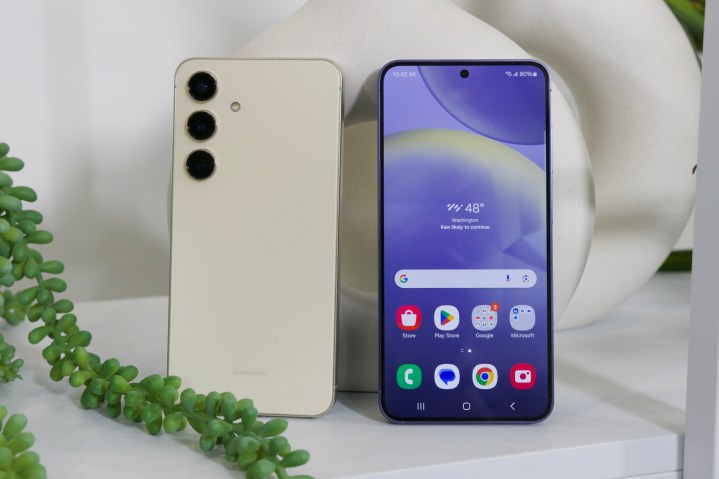
When Apple released the iPhone 15 Pro, it was one of the first phones to reach 2,000 nits of peak brightness. As someone who lives in Southern California where it’s mostly sunny, I appreciate brighter screens because it makes it easier to use phones outdoors.
But then the Google Pixel 8 Pro came out with 2,400 nits peak brightness. Then the OnePlus Open came out with 2,800 nits peak brightness. The OnePlus 12 reaches a whopping 4,500 nits peak brightness. And Samsung now has 2,600 nits peak brightness across the board for all S24 models.
When you look at all of the recent releases, including Samsung’s, pretty much everyone has eclipsed Apple in terms of the peak brightness of the display. I’m hoping that Apple ups the ante for peak brightness with the iPhone 16 this year, similar to what it did with the Apple Watch Ultra 2, which went to 3,000 nits from 2,000.
Apple has some catching up to do
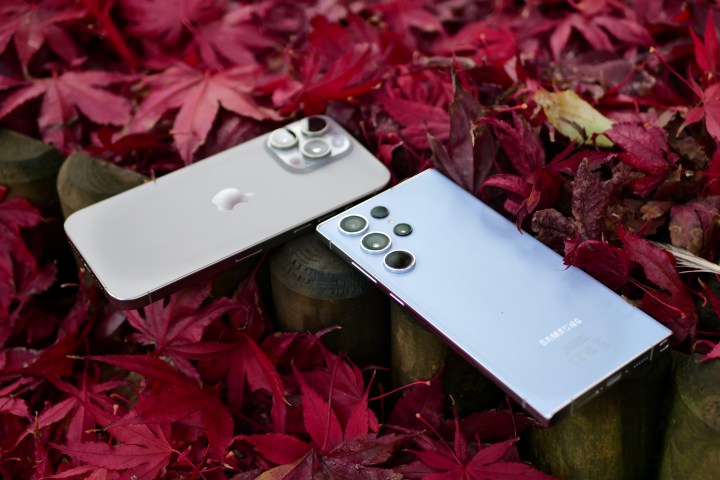
Though I primarily use an iPhone because of the ecosystem, I must admit that the competition does things a lot better in some regards. Though I’m not huge on AI, it’s definitely a big deal in the other flagships from both Samsung and Google, and Apple needs to step up in that area. Faster charging speeds and refresh rate on the regular models are also a must because Apple has fallen behind.
It’s still early in the year, so there’s plenty of time before we see the iPhone 16 and iPhone 16 Pro. Hopefully, Apple gets some ideas from Samsung with the Galaxy S24 series, because there’s a lot it can learn from it.
Editors' Recommendations
- Nomad’s new iPhone case and Apple Watch band may be its coolest yet
- iPhone 16: news, rumored price, release date, and more
- 5 phones you should buy instead of the Google Pixel 8
- Having Galaxy S24 Ultra camera issues? A fix may be coming soon
- Why you should buy the iPhone 15 Pro Max instead of the iPhone 15 Pro




